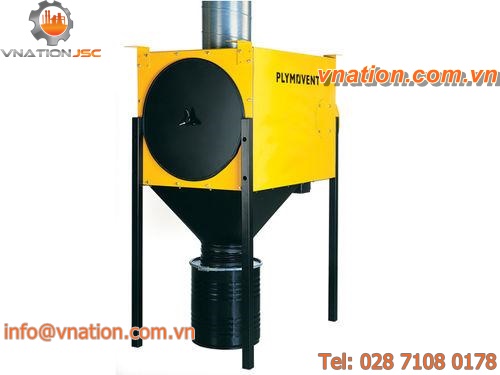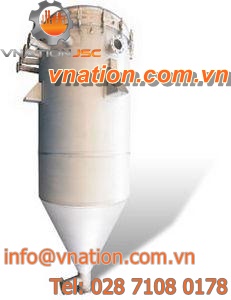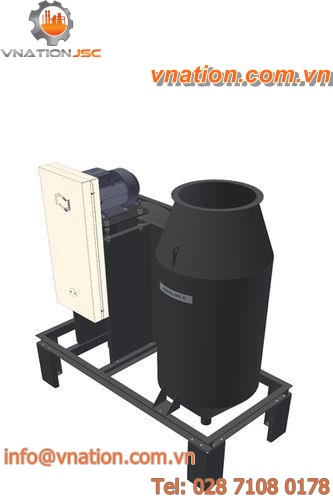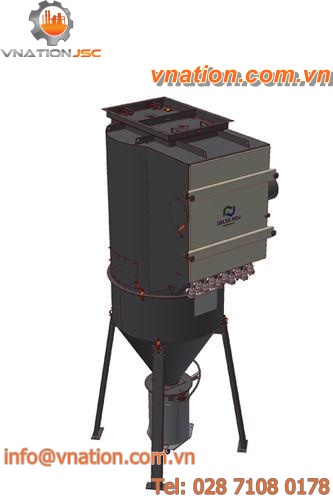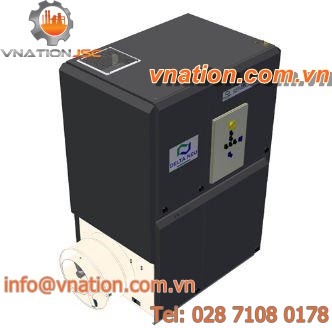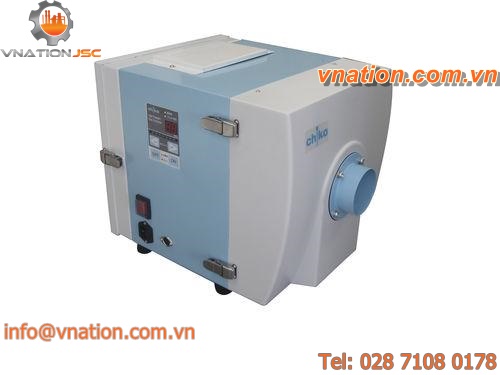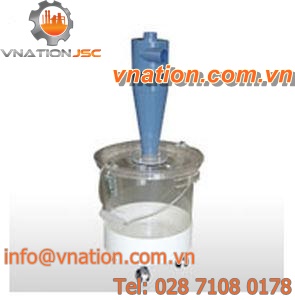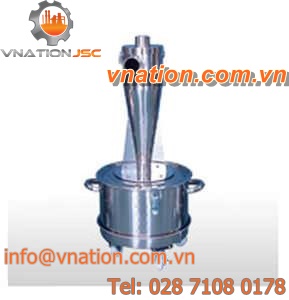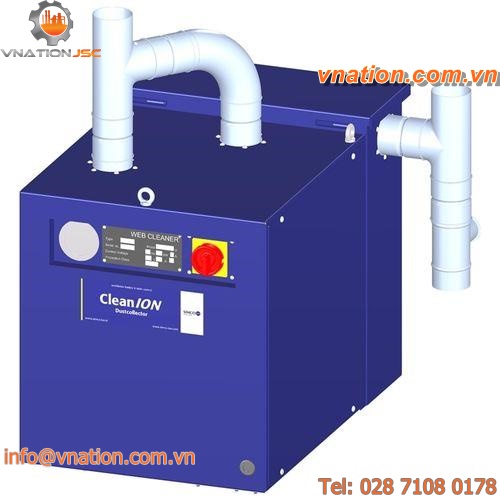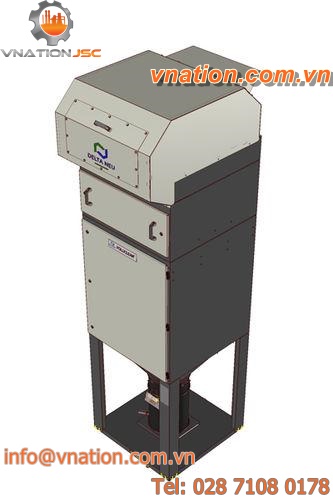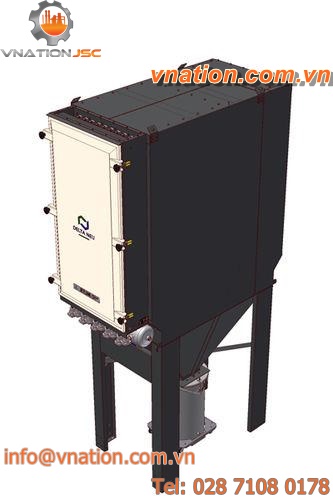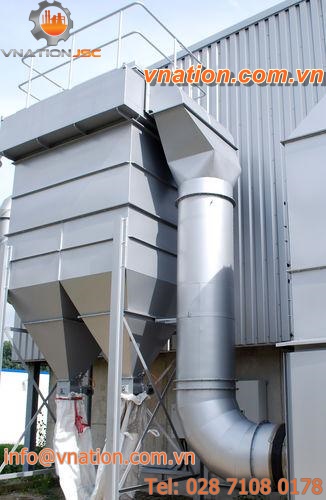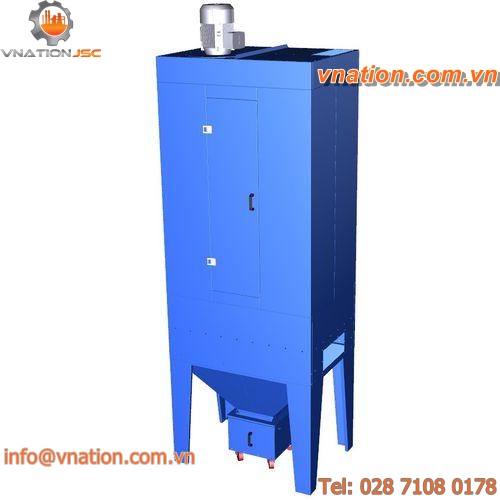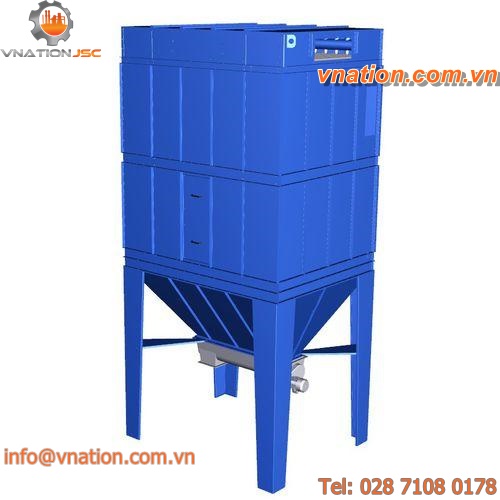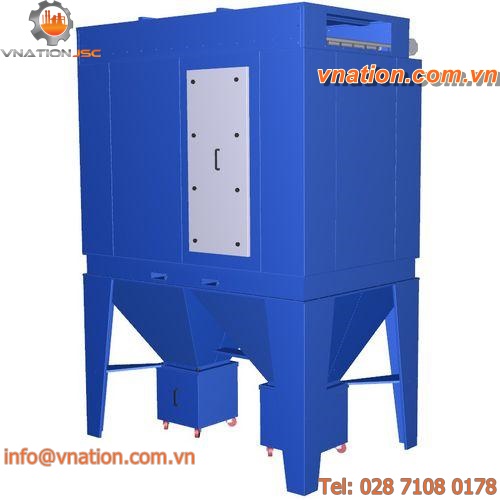 cyclone dust collector / reverse air cleaning / high-efficiency
cyclone dust collector / reverse air cleaning / high-efficiency
3 000 - 40 000 m³/h | ACF series
Vnation JSC

-
Technology:
cyclone
-
Backflushing:
reverse air cleaning
-
Other characteristics:
high-efficiency
-
Output:
Min.: 5000 m?/h (176573.33 ft?/h)
Max.: 500000 m?/h (17657333.11 ft?/h)
Hurricane - Numerically Optimized Cyclone
Particle Agglomeration in Cyclones
ACS has been investigating particle agglomeration in cyclones for several years. Understanding agglomeration in cyclones has helped ACS build more accurate models of collection efficiency estimation, capable of explaining why sub-micrometer particles are often captured with much higher efficiency than predicted by standard models. Indeed, fine particles tend to form agglomerates (clusters) with much higher collection efficiency than those of the primary particles. Agglomeration increases in the presence of wide particle size distributions, long residence times in the cyclone and high inlet particle concentrations. This knowledge has been incorporated into ACS numerical simulation tool - the PACyc (Particle Agglomeration in Cyclones, Chemical Engineering Journal 162 (2010) 861-876) algorithm. This has been crucial in improving the design of ACS technologies, which have demonstrated to achieve significant reduction in emissions when compared with other high efficiency cyclones.
Optimizing Cyclone?s Efficiency
Supported by the PACyc Model, and considering several economical and operation constraints (such as size and pressure loss), with numerical optimization it is possible to generate millions of virtual prototypes within an affordable time period, and to observe the impact of each dimension ratio on the cyclone performance.









